Jodo Shodan Grading: Sticking it to Irish Martial Arts History
- From the Archives -
Originally Published in Irish Fighter Magazine, Issue 4 , 2016.
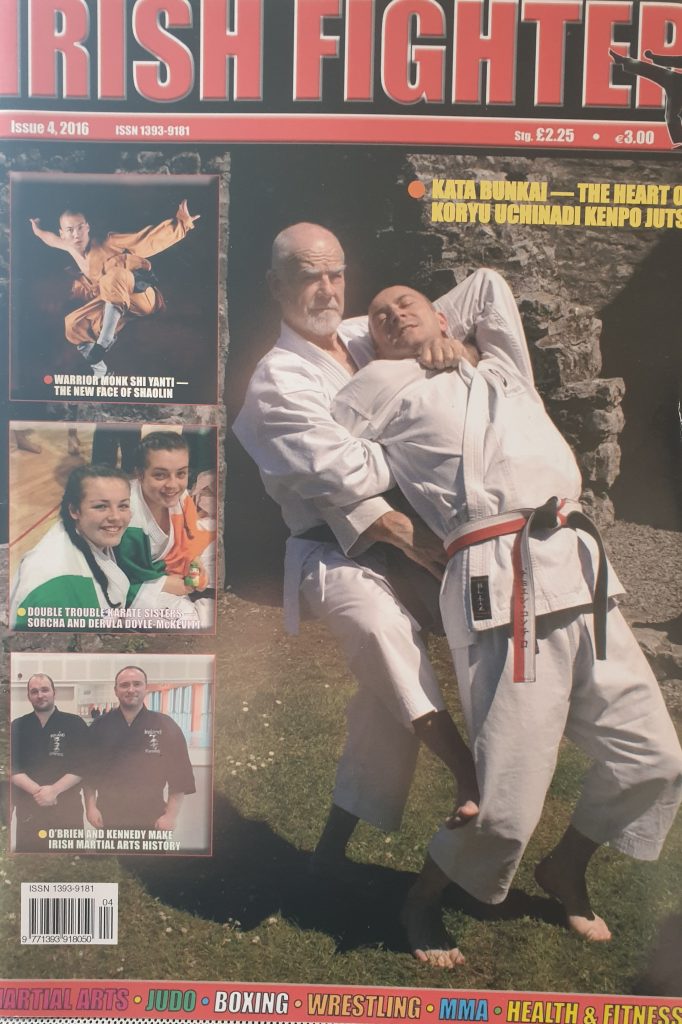
On August 1st 2016, Ireland achieved a significant mark in the annals of its martial arts history as Batman O'Brien of the Dublin Kobukai Dojo, along with his training partner John Kennedy, travelled to Cambridge in the UK to attend the British Kendo Association's Summer Seminar and most
importantly, to attempt a Jodo Shodan Grading.
If successful in the Jodo Shodan Grading, they would be the first black belts in Jodo in Ireland.
Jodo, is the art of fighting with the Japanese short staff and developed as a result of a confrontation between the founder of the art Musō Gonnosuke Katsuyoshi (夢想權之助勝吉) and the legendary Miyamoto Musashi.
Stick Fighting Born of Legends
Reputably a master of the Tenshin Shoden Katori Shintō Ryū, Musō Gonnosuke was wandering Japan looking to test his skills in a warrior's pilgrimage known as Musha Shugyo. He was rather famous, and at the time of this incident, he had never lost a duel. One day, he came upon Miyamoto Musashi.
Their fight together is perhaps the most controversial of all the Musashi legends. The match, fought with wooden swords (or a half-finished wooden sword, or sticks, or a 6-foot staff etc, depending on which account), was a decisive win for Musashi, who disabled Gonnosuke with a single blow from his bokuto (wooden sword)...Gonnosuke went away defeated for the first time and sought insight and reflection in a Shintō shrine at Mount Homan in Chikuzen province (modern-day Fukuoka Prefecture). Here he would practice daily in perfecting his swordsmanship, praying and performing Shintō purifying rituals for 37 days. We'll come back to purification in a moment.
After one of his regular and exhausting purification and training sessions, he collapsed from fatigue, whereupon he reputedly had a vision of a kami (divine being) in the form of a child, who said to him, "know the solar plexus [of your opponent] with a round stick". Following from this, Gonnosuke fashioned a new version of the jo (stick), making it deliberately longer than the average katana of the day, 128 cm, as opposed to the sword's total length of approx. 100 cm, and use that length to his advantage in a fight. With this jō weapon, he devised a system of combat (circa 1605) that he felt was sure to defeat Musashi.
He challenged Musashi again...and according to the history of Gonnosuke's style Shintō Musō-ryū (神道夢想流/神道無想流) Jōjutsu defeated Musashi. Musashi's first and only loss. Others claim it was an even match and both disengaged and walked away. Within other traditions, despite the new weapon and new techniques, the outcome was the same. Musashi victorious. Hence the controversy...
Today, most historians agree that there was no second encounter, that Musashi won the only bout between the two. In "The History of the Shintō Musō-ryū Jōjutsu" by Matsui Kenji, it is recorded that they met only once. The only other near-factual reference is in the Niten Ki, by Musashi's student, Toyota Masatake, wherein it states that Musashi fought Gonnosuke in Edo, using a stick he picked up, winning the duel in a single stroke.
Regardless of the veracity of the 2nd match, what remains the same in all traditions is that this first incredible encounter that inspired Gonnosuke to develop a dynamic and remarkable art.
Jodo itself developed from the Shintō Musō-ryū style of Jojutsu. After his alleged second duel, Gonnosuke eventually became the martial arts instructor for the Kuroda clan of northern Kyūshū, where jōjutsu remained an exclusive art of the clan until the early 1900s. At this point, the art form was taught to the general public; however, we have three men, Takayama Kiroku, Shimizu Takaji (1876-1978) and Otofuji Ichizo, most to thank for its development and spread not just through Japan but to the rest of the world.
Jodo in the Wider World
Shimizu Takaji began training in jo with Shiraishi Hanjiro in 1913 at the age of 17. After five years of hard training, he received his mokuroku and two years after that his menkyo certificate, meaning he was considered a master teacher of the style. In 1927, through an introduction by Nakayama Hakudo (the man responsible for the development of Kendo in Japan and internationally and to a large extent, Iaido), Shimizu demonstrated jo to the Tokyo police. In 1931, he began teaching jo at the Kodokan judo dojo in Tokyo as well as to the Sea Scouts and to the Metro Police. In 1933, a special police unit was formed, which included the jo in its equipment - this, more than anything, would be crucial to the survival of Jo.
In 1940, Shimizu changed the name from jojutsu to jodo and formed the Dai Nihon Jodokai (All Japan Jodo Association). With the end of World War 2, many martial arts were banned in Japan; however, jodo training was exempt from this as it was a police related discipline. As such, many of the police kendo instructors trained in jo through this period, and this led to unbroken teaching and the continuation of the style.
In 1964 Otofuji Ichizo visited Shimizu Sensei in Tokyo and discussed Shimizu's proposal to the ZNKR (the Zen Nihon Kendō Renmei 全日本剣道連盟- All Japan Kendo Federation, the governing body for Kendo and Iaido) for a standardised curriculum (Seitei) for teaching, ranking and disseminating Jodo. 4 years later, in 1968, Shimizu Takaji and Nakajima Asakichi demonstrated the seitei jodo kata as developed and proposed by the research committee to the Chair of the ZNKR. The seitei jo kata were approved and in 1969 they were presented to the public by Shimizu (tachi) and Otofuji (jo).
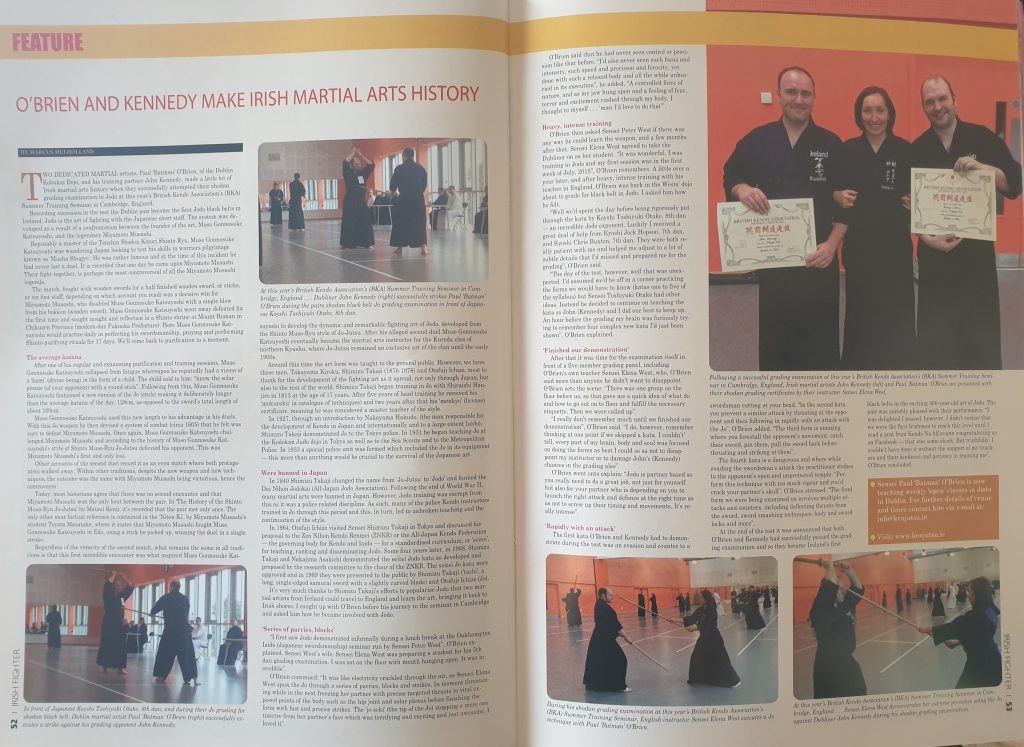
The Irish Connection to the Jodo Shodan Grading
It is very much thanks to the efforts of Shimizu Takaji to popularise Jodo that two men from Ireland could travel to the UK and learn the art, bringing it back to Irish shores. I caught up with O'Brien before his journey to the UK Jodo Shodan Grading and asked him how he became involved with Jodo:
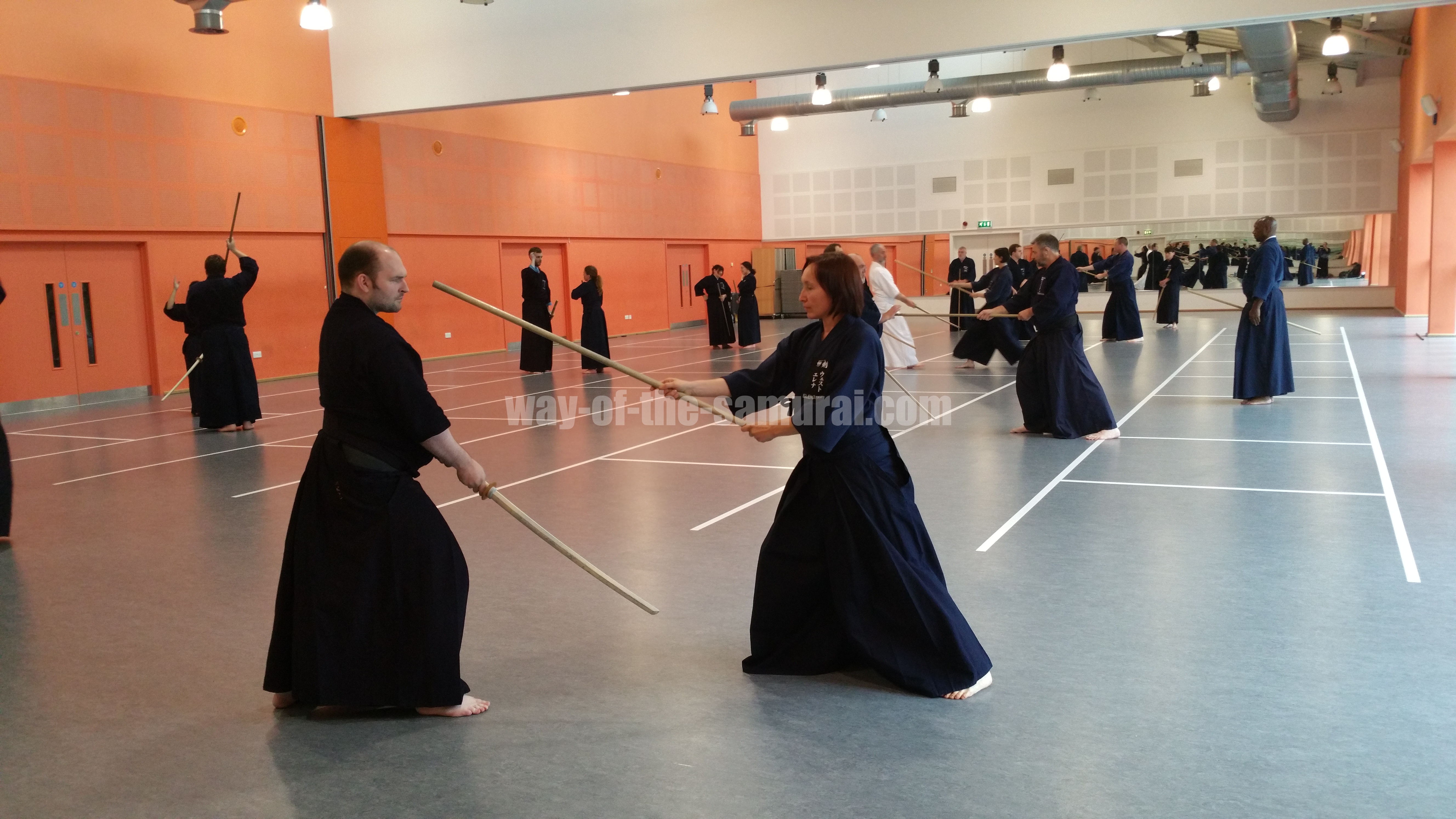
"I first saw Jodo demonstrated informally during a lunch break of the Okehampton Iaido (Japanese Swordsmanship) Seminar run by Peter West Sensei. His wife, Elena West was preparing a student for his 5th dan exam. I was sat on the floor with mouth hanging open. It was incredible.
Electricity crackled through the air, as Elena West Sensei spun the Jo (four foot staff) through a series of parries, blocks and strikes. In moment threatening, in the next freezing her partner with precise targeted thrusts to vital exposed points of the body such as the hip joint and solar plexus, before finishing the form with fast and precise strikes. The jo-seki (the tip of the jo) stopping a mere centimetre from her partner's face. It's was terrifying and exciting and just awesome!
I'd never seen control or precision like that. Never seen such focus and intensity, such speed and precision and ferocity, yet done with such a relaxed body, unhurried in its execution. A controlled force of nature. And as my jaw hung open and a feeling of fear, terror and excitement rushed through my body I thought to myself...."Man I would love to do this".
I asked Peter West Sensei if there was any way I could learn that, and a few months after that, Elena West Sensei agreed to take me on as her student and I was training in Jodo. My first session was July 3rd 2015".
A little over a year later, and after heavy, intense training under his Sensei, Elena West, O'Brien was about to test for his black belt at the Jodo Shodan Grading. I asked him what it was like:

"Well we had spent the day before being rigorously put through the kata by Otake Toshiyuki Sensei, Kyoshi 8th dan - an incredible jodo exponent. Luckily I received a LOT of help from Jock Hopson Sensei, Jodo Kyoshi 7th dan and Chris Buxton Sensei, Jodo Kyoshi 7th dan. They were really patient with me and helped me adjust to a lot of subtle details I had missed and prepared me for the exam.
The day of the exam, however, well that was unexpected - I had assumed we'd be off in a corner practicing the forms we would have to know (kata's 1-5 of the syllabus) but Otake Sensei had other ideas. Instead he decided to continue on teaching the kata so John and I did our best to keep up...an hour before the grading my brain was furiously trying to remember four complex new kata I had just been shown.
Then it was time for the exam itself....with a 5 member grading panel, including my own teacher Elena West - who more than anyone I didn't want to disappoint. There was one group on before us, so that gave me a quick idea of what do to do...how to go out on to floor and all that...and then we were called up.
I can't remember much till we finished our demo...I do remember thinking at one point if we skipped a kata - I couldn't' tell, everything, every part of me, brain, body and soul was focused on doing the forms as best I could so as not to disappoint my Sensei, or to damage John's chances in the grading. Jodo is partner based so you really need to do a great job, not just for yourself but your partner who is depending on you to launch the right attack and defence at the right time so as not to screw up his timing and movements. It's really intense
The first kata we had to demonstrate showed an evasion and counter to a swordsman cutting at your head. The second kata we prevent a similar attack by thrusting at the opponent and then following in rapidly with an attack with the jo. The third form is amazing, we forestall the opponents movement, catch his sword, pin him and the sword back before thrusting and striking at him. The fourth kata is really dangerous, while evading the swordsman's attack we strike to his open and unprotected temple - do this with too much vigour and you'd crack your partners skull. The final form we were being examined on involves multiple attacks and counters, including deflecting thrusts from the sword, sword smashing techniques, body and sword locks and more".
“The 1 bu fraction in the jo's length is said to have been added because 4 shaku 2 sun (shi-ni) connects to death (shi). The 8 bu diameter is interpreted as "opening" (hachi = open), and the round wood (maru) signifies harmony (wa). The fixed dimensions of the jo, with its history of approximately 370 years, cannot be changed under any circumstances.”
So how did Ireland make out in the Jodo Shodan Grading? Well we both O'Brien and Kennedy successfully passed the grading exam and became Ireland's first black belts in the four hundred year old art of Jodo. I got the chance to ask O'Brien how he felt about the event....
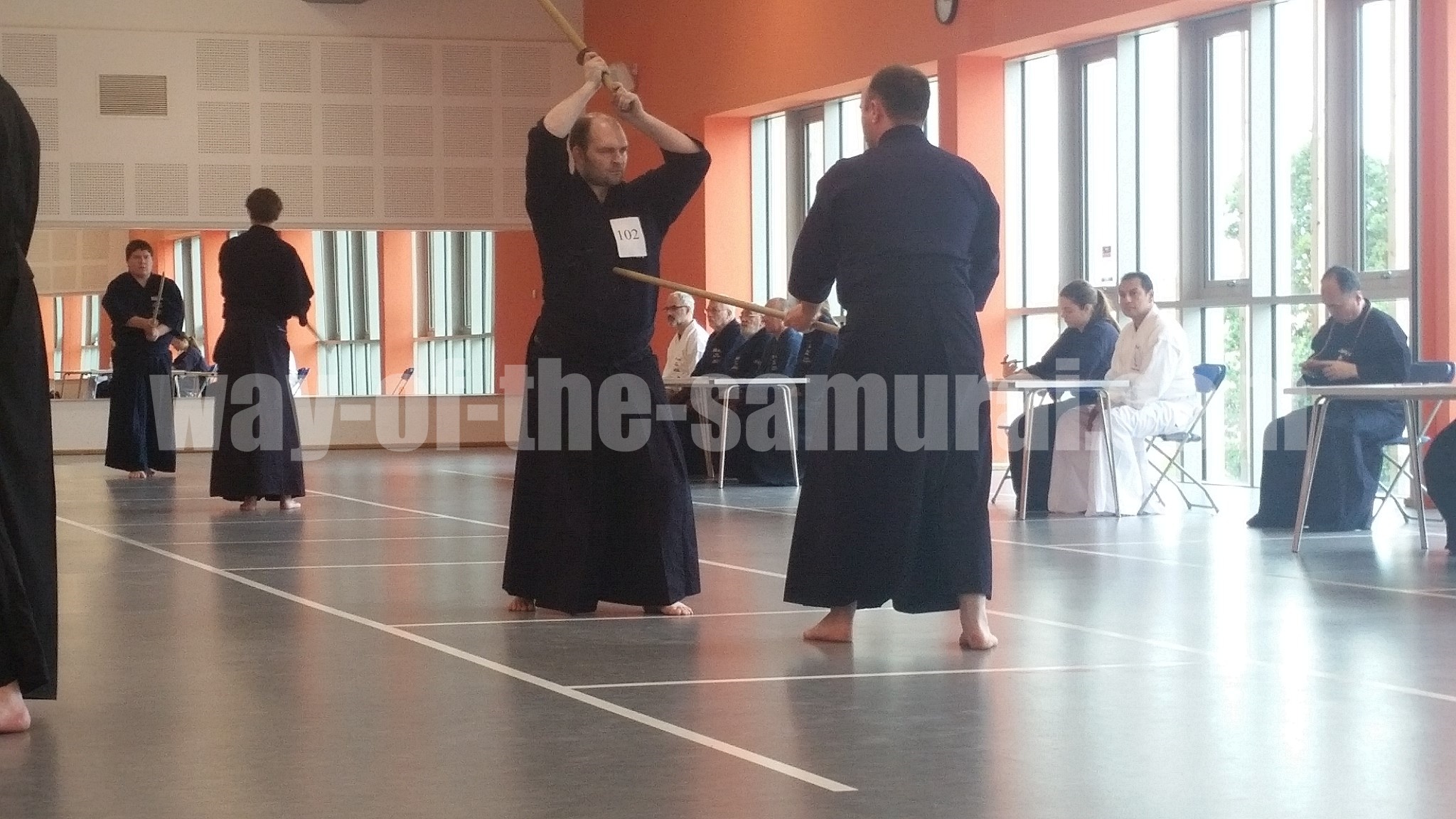
“I was delighted I passed, however I didn't realise that we were the first Irishmen to reach this level until a post from Kendo na hEireann congratulating us on Facebook - that was some shock! But truthfully, I couldn't have done it without the support of my teachers and their kindness and patience in training me".
If you'd like to train with O'Brien and Kennedy in authentic Japanese Martial Arts, those same warrior skills developed by the samurai, including Jodo, check out his dojo at DublinKendo.com
- - - -
If you want to get in great physical, mental and emotional shape using the same principles and techniques inspired by the feudal warriors and healers of Japan, check out O'Brien's Samurai Strength Programs.
You've been reading about O'Brien's Jodo Shodan Grading. Learn More ABout Jodo Here.
Click here to return to the Way of the Samurai Home Page.
Free Samurai E-books
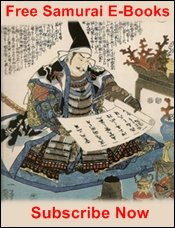
Get Free Exclusive Samurai Guides and E-books

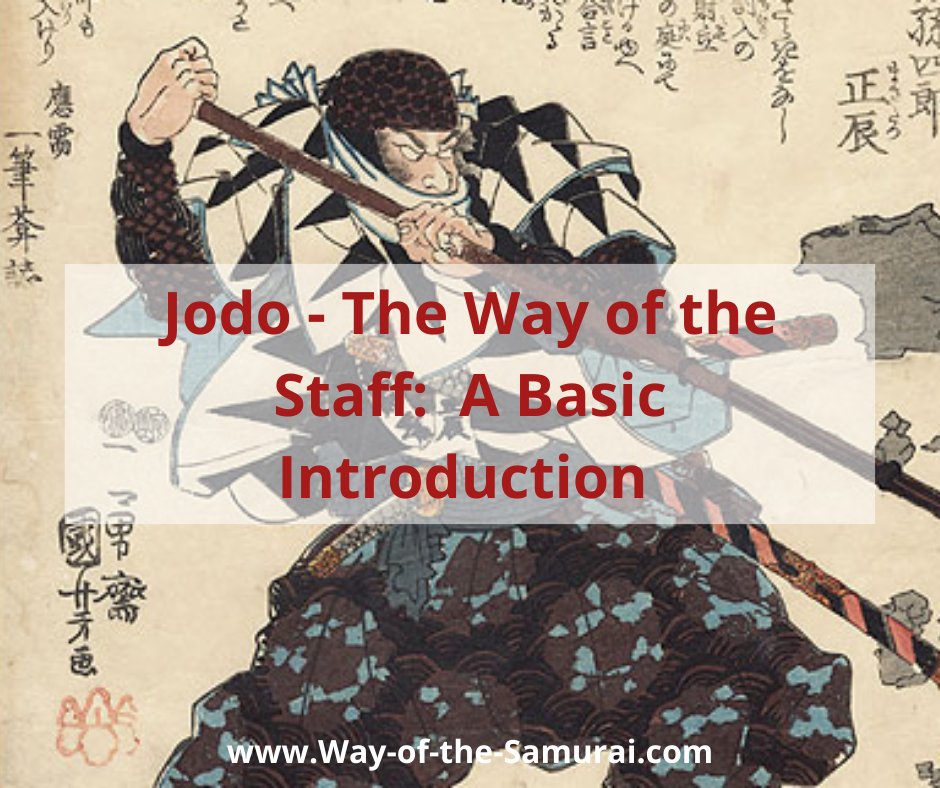




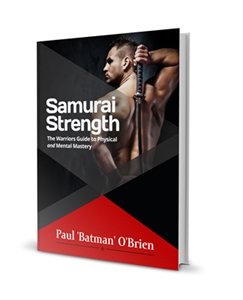
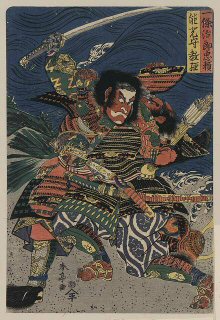
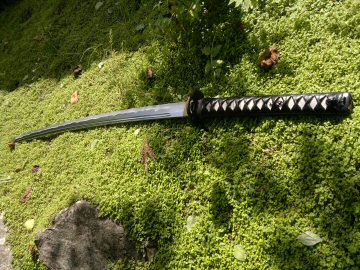
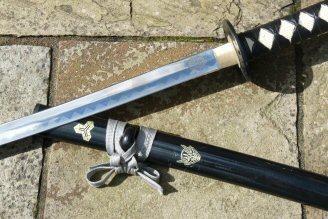
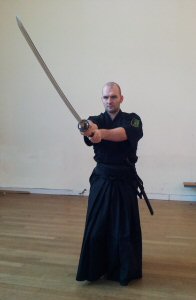
New! Comments
Have your say about what you just read! Leave me a comment in the box below.